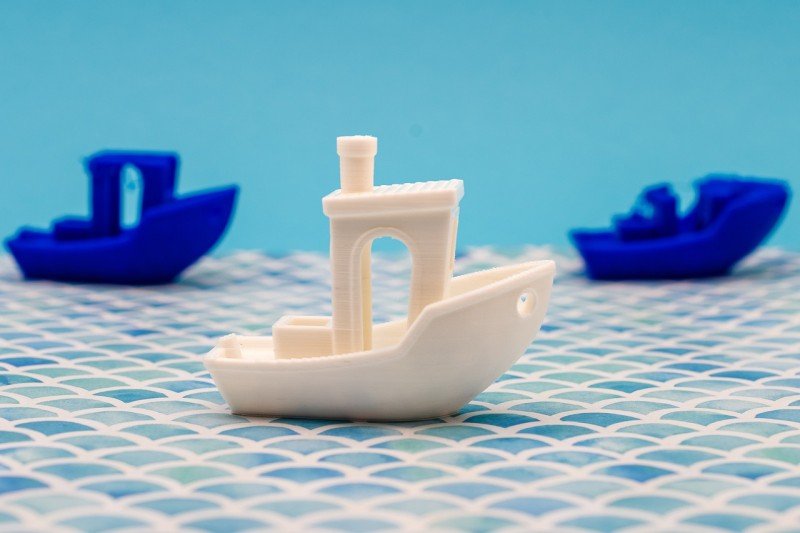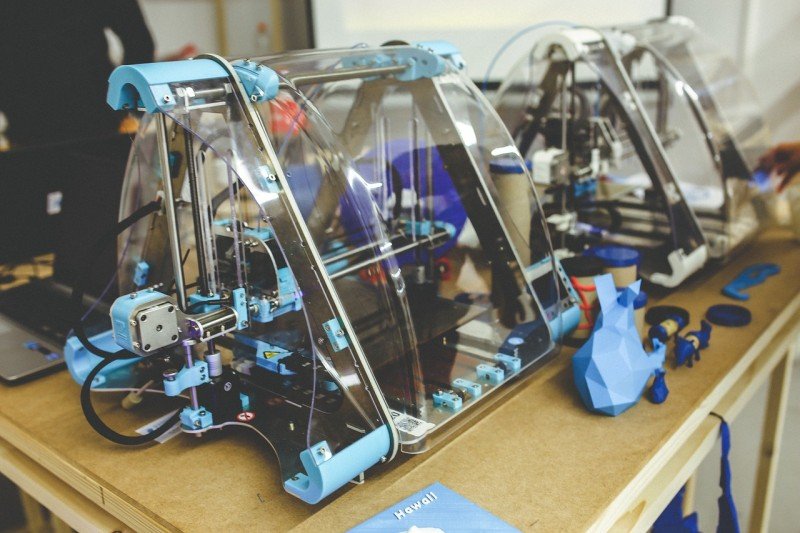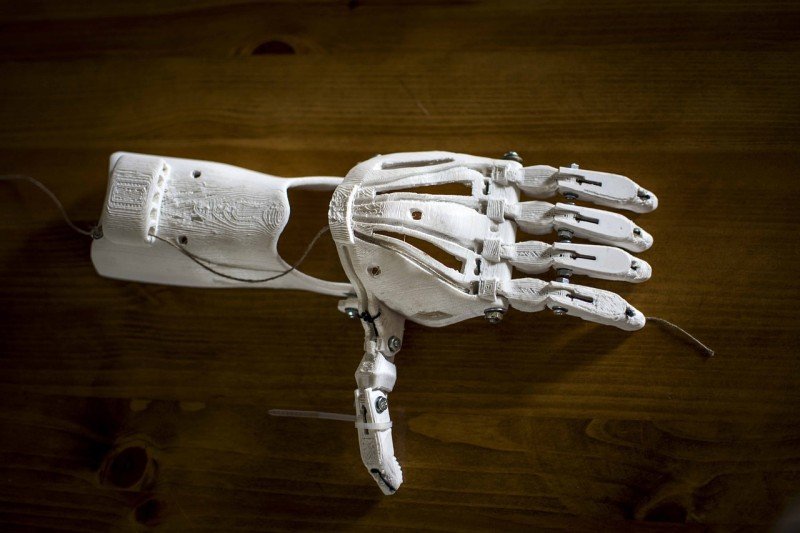3D printing is shaking things up in the small business world, and it's easy to see why! Imagine being able to turn your ideas into reality right in your own space. With a 3D printer, you can create prototypes, products, and even custom parts tailored specifically to your needs. It’s all about creativity paired with practicality.
One of the standout benefits of 3D printing is cost efficiency. Traditional manufacturing often involves heavy upfront costs and long lead times. But with 3D printing, you can create small batches of products without breaking the bank. Plus, you can iterate quickly, making changes on the fly without wasting materials or time.
Let’s talk about customization. Customers love personalized products, and 3D printing is perfect for that! Whether it’s unique jewelry, custom tools, or bespoke home decor, you can offer something one-of-a-kind that stands out in the market. This ability to tailor products can significantly boost your customer base and brand loyalty.
Lastly, sustainability is a big deal these days. Many 3D printers use materials that are eco-friendlier than traditional manufacturing. You can minimize waste by only printing what you need. Some even use recycled materials, so you can feel good about your choices while running a small business that respects the planet.
Choosing the Right 3D Printer
Picking the right 3D printer can feel overwhelming, especially with all the options out there. But don’t worry! Let’s break it down into manageable points. First, think about what you need it for. Are you aiming to create products for sale, prototypes, or maybe even custom designs? Knowing your primary goal will help narrow down your choices.
Next, consider the size of your projects. Some printers handle small items perfectly, while others can handle larger builds. Check the build volume of printers you're interested in—this tells you the maximum size of items you can create. If your business plans involve larger products, opt for a printer with a bigger build area.
It’s also essential to look at the materials you'll want to use. Different printers work with different types of filament, such as PLA, ABS, or PETG. Some printers can even handle specialty materials like flexible filaments or resins. Make sure the printer you choose can work with the materials that suit your projects best.
Price is another big factor. There are budget-friendly options that work surprisingly well, but you might also want to invest a bit more for features like better resolution or faster print speeds. It’s worth doing a bit of research to find a printer that balances cost and performance for your needs.
Finally, don’t forget to check out user reviews! They can give you real insights into the printer’s reliability and ease of use. A printer that works great for one person might not be the best fit for you, so take some time to read up before making your decision.
Key Considerations for Small Businesses
Starting a small business with a 3D printer can be an exciting venture, but there are a few key things to think about before diving in. First off, consider what products or services you want to offer. Are you thinking about creating customized items, prototypes, or perhaps home decor? Pinning down your niche will help streamline your efforts and attract the right customers.
Next, think about your budget. 3D printers can range from affordable models for beginners to professional-grade machines that come with a hefty price tag. Make sure to factor in not only the printer itself but also the costs of materials, maintenance, and any software you might need. Sticking to a budget will help you avoid any unexpected expenses that could throw your plans off course.
Don't forget about the learning curve! While 3D printing is becoming more user-friendly, there still might be some tricks to learn. Take the time to familiarize yourself with your printer's software and settings. You could also join online forums or local groups to share tips and ask questions; connecting with others can be a great way to find support as you start out.
Finally, consider your marketing strategy. Identifying how you’ll reach your target audience is crucial. Will you set up an online shop, sell at local markets, or utilize social media? Whichever route you choose, make sure to showcase your unique creations and tell your story. A personal touch can go a long way in attracting customers to your new business!
Getting Started with Your 3D Print
Starting your journey into the world of 3D printing can feel a bit overwhelming, but don't worry! Let’s break it down into simple steps to get you rolling smoothly.
First off, you'll want to pick the right 3D printer for your needs. Think about what you plan to create. Are you making small prototypes, art pieces, or maybe even useful home gadgets? Research a few models known for their reliability and ease of use. Brands like Prusa, Creality, and Anycubic have a great reputation and a community that can help you with any questions.
Once you've got your printer, it’s time to set it up. Ensure you have a dedicated, well-ventilated space where you can work comfortably. Follow the setup instructions carefully. Usually, this involves leveling the print bed and calibrating the printer, which is super important for successful prints. Take your time here; a little patience goes a long way!
Next up is software. You’ll need slicing software to convert your 3D models into a format your printer can understand. Programs like Cura or PrusaSlicer are user-friendly and packed with helpful features. You'll also find tons of free 3D models online at sites like Thingiverse, or you can create your own using programs like Tinkercad.
Now, let’s talk materials. Filament, the material you’ll use for printing, comes in various types—PLA is great for beginners as it’s easy to work with and eco-friendly. Just remember to stock up on extra filaments to experiment with different colors and finishes, and don’t forget to keep a handy toolbox nearby for any minor adjustments or fixes!



